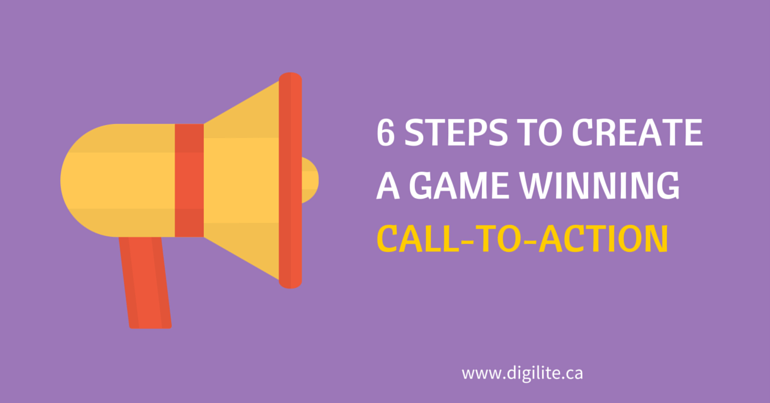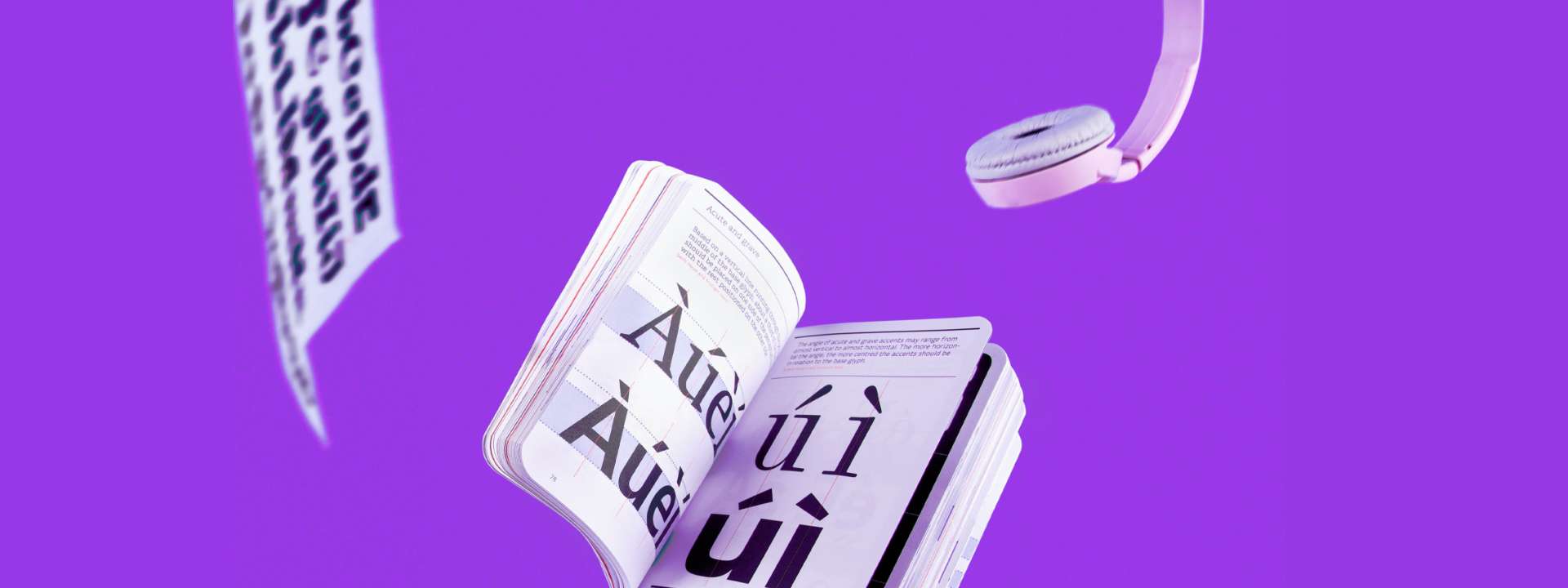Calls to action are now more important than ever. They can help you get your message across, close sales, and drive engagement with a customer base. Here are some examples of CTAs in action, plus some tips on how to write your own successful CTA copy.
What is a Call-To-Action?
A call-to-action, or CTA, is a term that refers to a button or link on a website or social media platform that encourages users to take an action. Often, CTAs consist of phrases such as “buy now” or “click here” and are used in conjunction with social media posts, emails, blog posts, and more.
They encourage visitors to take specific action, such as making a purchase, signing up for an email newsletter, or watching a video.
Why Is It Important?
The call to action (CTA) is the most important part of any landing page or website. It’s the last step in the conversion funnel, and it’s what will determine whether your customer clicks “Buy” or “No Thanks.”
CTAs are essential for driving conversions because they make it easy for users to take the next step after viewing content. A well-designed CTA can help convert visitors into customers by guiding them through the buying process without having to think too hard about their next step.
But that’s not all a CTA does. It also tells you what kind of person is visiting your site, what they’re looking for and how they’re feeling about their current situation. If a customer wants to buy something immediately, they’ll click on a button that says “Buy Now.” If they’re ready to make a purchase but need more information first, they’ll click on something like “Get a Free Quote.” And if someone isn’t sure whether they should buy at all, they might click on “Learn More.”
The right CTA can help you close more sales and get more leads. But choosing the wrong one can actually hurt your conversion rates — especially if it doesn’t match up with your customer’s needs or emotions at that moment in time.
How Do You Write a Call to Action?
Simply try to use these easy 6-step formulas and turn your old content into a lead-generating machine!
- Know your audience. Who are they? What do they want? Why should they buy from you? How does what you have to offer compared with the competition?
- Make sure the CTA matches their needs and interests. If it doesn’t, then change it until it does.
- Target people who are ready to buy from you, rather than those who are just browsing around. This means knowing where they are in their buying journey before you send them any direct messages or calls to action.
- Create urgency by telling people exactly how long they have left to take advantage of an offer or discount – this increases conversions by up to 85%.
- Use language that encourages people to take action right now with phrases like “Buy now” or “Free shipping ends tomorrow” rather than just “Learn more” or “Click here!”
Let’s explore more with detailed examples.
Make It Short and Straight to The Point
The most important thing to remember when creating a call to action is that it needs to be short, clear, and simple. It should have a clear headline and supporting body text that tells the user exactly what you want them to do next.
Make sure the user knows what they will get from completing your CTA by explaining its benefits or value proposition. You can also use jargon in this section if it’s relevant for your audience, but make sure you explain any terms they may not understand before asking them to complete their order or sign up.
Craft a Benefit-Driven CTA
The best way to ensure your CTA gets the results you want is by creating one that’s benefit-driven. In other words, it should tell people exactly what they’ll get if they click on it.
Your CTA should be powerful enough; it should offer more benefit to the customer. Otherwise, your click-through rate will suffer seriously.
Here are some examples of benefit-driven CTAs:
- Get a Free Quote Today!
- Start Your Free Trial Now!
- Sign Up Here For Updates!
Note from Digilite: The button placement and colour are equally important. Does the red call-to-action button work better than the green? It’s really hard to tell. One thing is certain. You should test every single segment of your CTA element.
Don’t Be Bossy
Use commands, not demands! Always keep in mind that by filling out your suggested form or taking some action on your website, your visitors are doing you a favour. Don’t demand any more than they are already giving. Utilize generic words to achieve that
Don’t: Submit
Do: Start my FREE trial.
Indicate Urgency
This is simple psychology. People are more likely to act when there is a sense of urgency. Don’t lengthen your CTA message, just spice it up with words like “Today” or “Now”. You’re likely to see a boost in your conversion rate.
Don’t: Browse the Online Store
Do: Shop Deals Now
Urgency is a powerful way to get people to take action. It can be used in many ways, but the most effective way is to use a countdown timer.
When you set a time limit on your CTA, it’s like you’re saying “You should do this right now!” In other words, when you use urgency in your CTAs, people will be more likely to act now than later.
- Countdown Timers in Action
Here are some examples of countdown timers used in CTAs:
A deadline for a promotion or event — “Only 3 days left!” (This one is obvious.)
An offer that ends soon — “Order before midnight tonight and receive 10% off!” (The discount is usually enough incentive for people to act quickly.)
Provoke Enthusiasm and Excitement With Your CTA
If you want to get your audience to do something, you need to provoke emotion and excitement. In this case, it will be a good idea to choose a lengthier CTA if you want to elicit an emotional response from your users. In order to achieve the desired result in this situation, you will need to use more modifiers.
Let’s check some examples;
- Add numbers: “Buy now and save 25%!”
- Use adjectives wisely: “Purchase your dream home with us!”
- Make a promise: “Get qualified leads in just 5 weeks!”
- Influence their FOMO: “Limited time offer. Get free shipping across Canada!”
- Include your USP: “Get customizable glass products!”
Use Action Words Like “Start,” “Claim,” “Join”, or “Grab”
When it comes to call-to-action buttons, you want to use words that convey action. Words like “start” or “claim” are much more effective than something along the lines of “buy now.”
Pro tip from Digilite: If you aren’t sure what types of actions your audience would be inclined to do, test different versions by A/B testing with a tool like Facebook Ads Manager.
Test, Test, Test
You may have different variations of one of the same CTAs, and you have found one CTA that works well. Great! But I bet there is one that will work even better. Create a couple of different options, and then do testing with A/B to determine which version of your CTA is more effective. Found the best one? Do that process again, testing the best one with the third option.
Make sure to get inspired by other brands and their examples.
Evoke Curiosity
When using curiosity, you will see an obvious increase in your sales and a boost in your traffic.
Curiosity is the desire to know something.
If you prepare your CTA in such a way as to create a desire inside your visitor’s mind to know what is on the other side of your CTA, they’ll be more willing to click on the CTA button.
Emotional triggers such as trust, delight, surprise, fun, and most importantly satisfaction evoke curiosity in your users.




